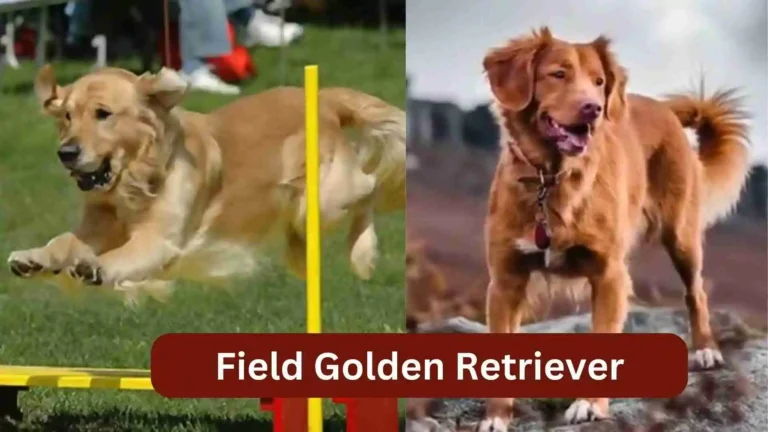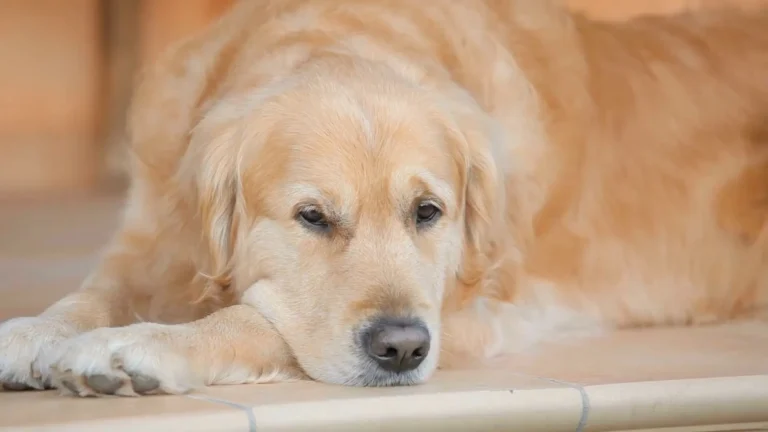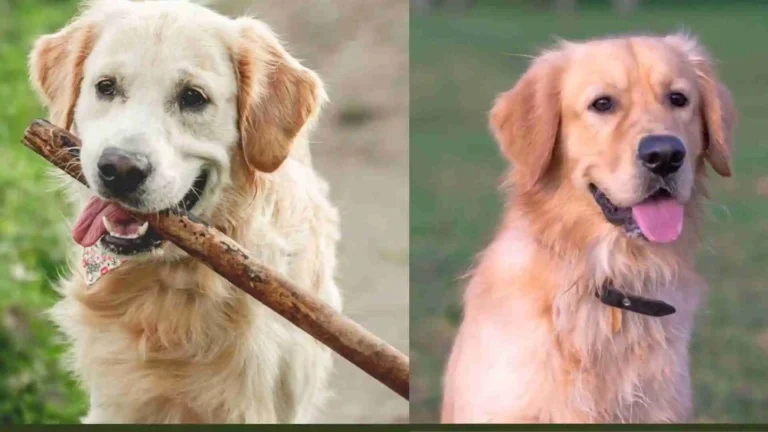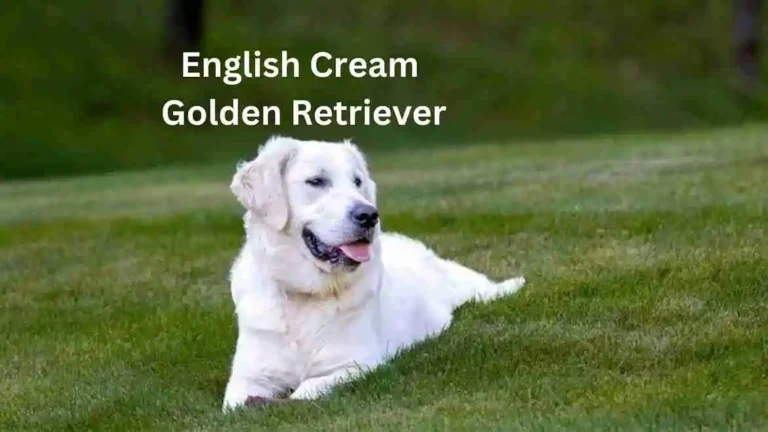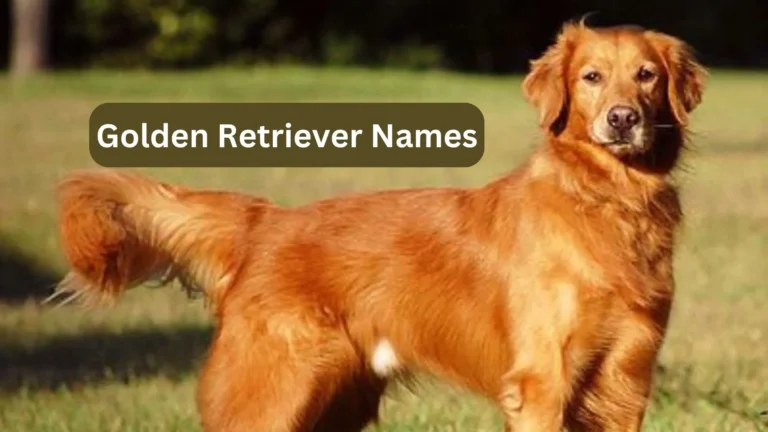Golden Retriever Behavior Stages and Developments Step By Step Guide
If you want your Golden Retriever to be well-developed and socialized, you must understand his needs during each stage of development. If you want to build the best foundation for your dog, you should guide and train it in the best possible way in its development stage so that your dog can adjust properly in the family and learn good manners.
As you train your dog, you will notice many changes in Golden Retriever behavior. That’s why you want knowing how to care for your dog at each developmental stage will help your puppy become a lifelong family member.
Golden Retriever Developmental Stages & Behaviors
Understand your dog’s needs during each stage of development. The puppy development process covers eight clear stages. Although puppies progress at their speed through these stages, the given timelines also vary.
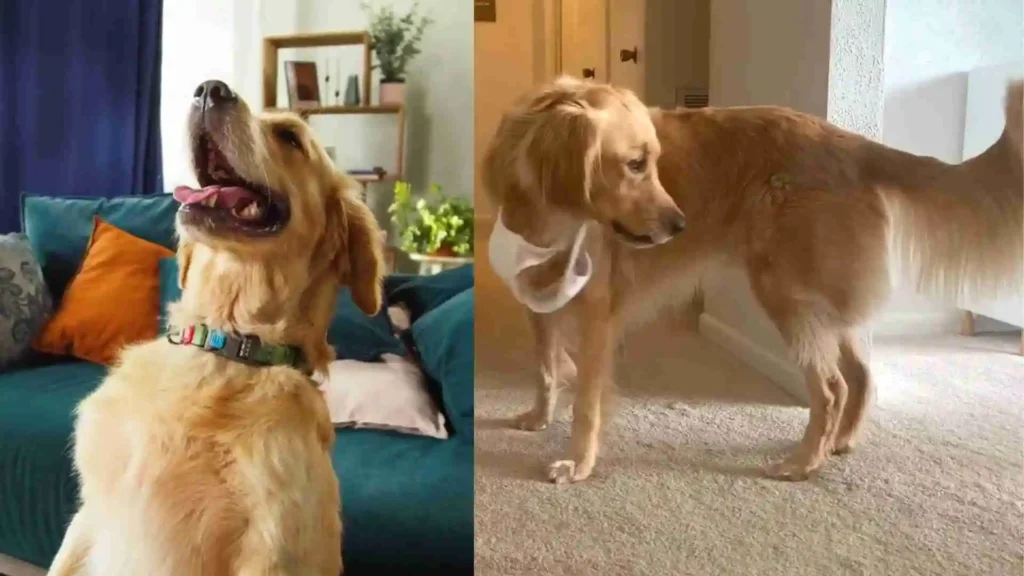
Stage 1: Neonatal Period (0 to 2 weeks)
Neonatal is the first stage of the puppy’s development, starting with birth. At 0 to 2 weeks, puppies only have a sense of touch and taste. At this age, they depend on their mother.
Stage 2: Transitional Period (2 to 4 weeks)
At 2 to 4 weeks, puppies fine-tune their senses of hearing and smell, taking in the world around them in new and exciting ways. Their eyes will begin to open, and their teeth start coming. The personality of your puppy will also begin to develop at this age. Your puppy will also interact with their little mates. They start showing joy through the tail wagging, taking those first steps, and they also find their voice with playful barks.
Stage 3: Socialization Period (3 to 5 weeks)
The socializing period is the most important stage for puppy development. At 3 and 5 weeks, puppies start becoming aware of their surroundings and develop meaningful relationships with people. During this period, the puppies become familiar with regular household noises, such as the telephone, vacuum cleaner, TV, etc.
Stage 4: Moving to a new home (7 to 9 weeks)
Understanding this stage is also important because puppies go home with their new parents between 7 and 9 weeks. During this time frame, changes will start to occur very quickly. They start learning to interact with others and start playing. They are also discovering their doggie social interactions and determining their ranking status in their furry friend group.
Their natural curiosity and biting abilities are also developing. Nipping behaviors are also essential as they practice biting with their littermates and mothers. At the age of 7 to 9 weeks, they will be fully equipped with their senses and ready to go to their new owners’ homes.
Stage 5:Continued Socialization (10-12 Weeks)
When you bring your puppy home, usually between 7 and 12 weeks, they are in their socialization period. You must introduce your puppy to new people, dogs, objects, and surroundings. You must ensure that you will never put your puppy in any dangerous situation where they can contract disease, get injured, and get scared. It is a great time frame in which you can train your dog.
This is the age when the dog starts to get used to being alone to prevent the development of separation anxiety, and they can be trained properly in the house. Puppy-proof your home to safeguard your possessions. Puppies develop their reaction in the development phase. They make friends, and they are welcoming to strangers, and they will also practice their biting skills. You need to learn how to manage their behavior.
Stage 6: Testing Period (3 to 6 months)
At 3 to 6 months, your puppy starts to test their boundaries, and they will also test their limits with other animals and their owners. At this age, you will also face problematic behaviors that arise in this time frame. Ensure that you will start training your dog. If you haven’t, then start the training program. You will join him in positive training classes but must practice your puppy at home daily. Also, they will be teething and chewing at this age.
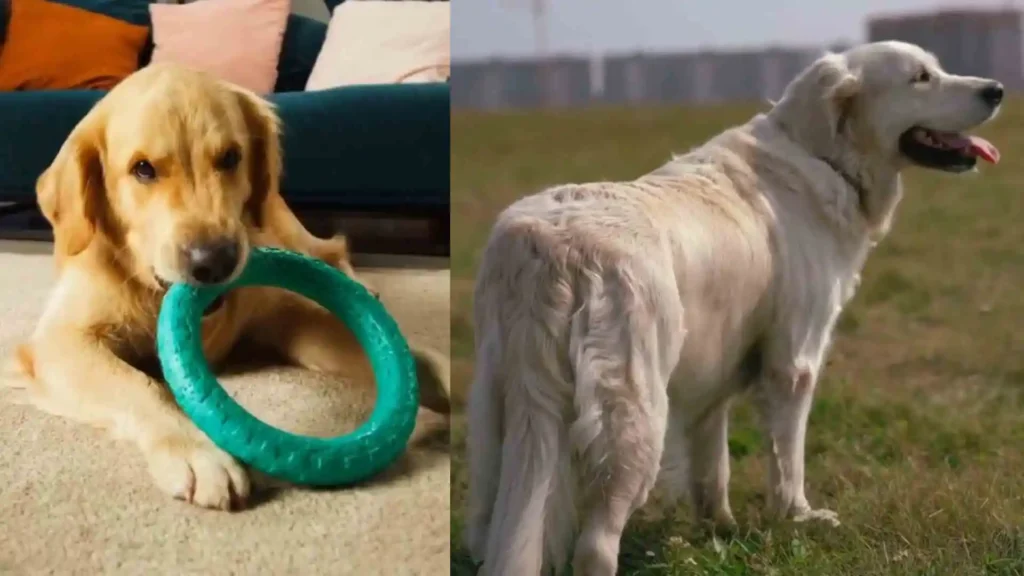
Before your adorable little pup decides to use your favorite couch as a chew toy:
If your dog experiences pain while teething, try a soaking cloth toy in chicken stock and freeze it. When the toy is frozen, give it to your puppy as a chew toy, which will help relieve sore gums. Usually, at six months, Once your puppy’s sharp upper fangs come in, you’ll know they’ve finished teething.
Stage 7: Adolescence (6 to 18 months)
Adolescence is the most difficult time for your puppy’s development phases. They are now teenagers will start producing hormones, and their behavior also changes. At six months, your dogs go through adolescence for the small breed, and at 9 or 19 months for the large breed when they go through adolescence. Adolescence lasts until age two or three for larger dogs and about 18 months for smaller ones, with larger dogs maturing more slowly.
Signs of Puberty in Canines
Watch out for these typical signs that indicate your puppy has hit adolescence:
Males
Females
You may observe some or all of the above signs mentioned above. Furthermore, other behaviors are also typical of the adolescent dog.

Golden Retriever Behaviors Include
Managing Adolescent Behavior in Dogs
When you keep up their training and socialization, these behaviors will reduce, and your puppy will mature. If you want to navigate the adolescent phase with your dog, this is the best way to handle it. Provide him with many daily exercises to expend energy and give him daily positive training sessions.
Schedule routine and consistency are the most important in dog training. If your dog shows you any aggressive behavior, then seek guidance from your dog veterinarian, dog behaviorist, or a certified trainer.
Fear Periods
Your puppy goes through four fear periods in the development stage. And they are just around in the following ages:
Puppy development is very important, and you must handle it correctly. If you can’t handle your puppy correctly, it will end with an aggression problem. When your puppy is in the fear period, he will start being frightened of something that they used to ignore or used to be okay with. He can show you this fear by backing away, hiding, submissively urinating, hunching down, running away, and shaking.
They also show more noticeable behaviors like barking, showing teeth, growling, and raising their hackles. In this case, when you start noticing their behaviors at the above age range, you will stop introducing them to new things or taking them to new places for about one week. Don’t schedule any veterinary appointments during a fear period.
Biting, Nipping, and Rough Play
When training your dog, it is very important to teach that chewing, biting, mouthing, and rough play is Unsuitable behavior. If you punish these behaviors, it will not work because these are natural behaviors. Puppies learn to control the strength of their actions, such as bites and rough play, through inhibition.
It plays an important role in the socialization of pets and helps puppies learn acceptable limits. When they start biting their siblings and mother during play, they learn that biting too hard hurts. They learn to bite softer and play resumes when they realize biting hard hurts. To stop your puppy from chewing you and your family, bring an appropriate chew toy for your puppy.
Understanding and Supporting Development
When you understand each stage and their development needs, you can better expect and support growth and progress by understanding developmental and behavioral suppositions. You can provide the right care throughout each stage and reduce the risk. Provide a consistent routine. Positive training, a lot of socializing, and regular exercise will help you raise a well-balanced, emotionally stable, and secure dog.
FAQs
What age is most difficult for Golden Retrievers?
The most difficult stages when the dog needs rescue and shelter are between 8 and 18 months. During this stage, it is also very difficult for the owner to be consistent and patient when training the dog and waiting for it to pass.
At what age do Golden Retrievers calm down?
At the age of 2 years, your golden retriever should calm down. Many different factors have been noticed and predicted.
Conclusion:
When you bring a puppy to your home, you must understand the needs and changing behavior of the puppy at each developmental stage. You must provide good training, socialization, and care. Understanding the information is crucial for stopping behavioral problems and ensuring your puppy develops into an emotionally stable and well-balanced adult. By Following these guidelines, you develop a lifelong, harmonious relationship with a happy and healthy Golden Retriever.
